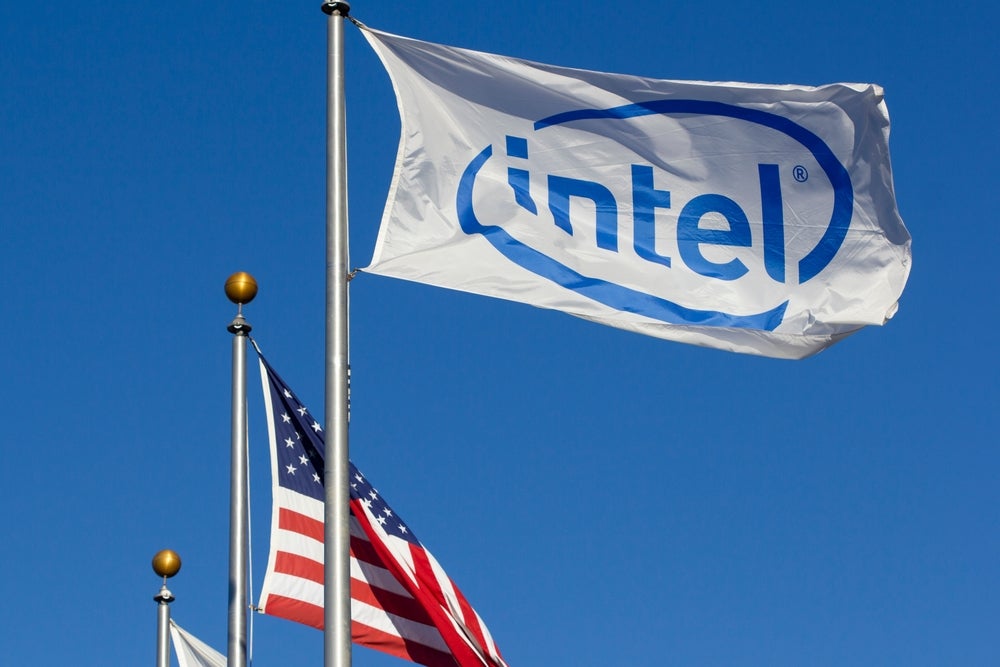3D Systems has filed a patent for inks used in 3D printing systems. The ink composition includes curable materials, a photoinitiator, a non-curable absorber material, and additional components. The ink is designed to be cured using incident radiation at a specific wavelength, resulting in a three-dimensional article. The patent also specifies the penetration depth and critical energy of the ink at the given wavelength. GlobalData’s report on 3D Systems gives a 360-degree view of the company including its patenting strategy. Buy the report here.
According to GlobalData’s company profile on 3D Systems, spacecraft 3D Printing was a key innovation area identified from patents. 3D Systems's grant share as of September 2023 was 58%. Grant share is based on the ratio of number of grants to total number of patents.
A recently filed patent (Publication Number: US20230303876A1) describes a method for forming three-dimensional articles using additive manufacturing. The method involves providing an ink and selectively curing a portion of the ink using incident curing radiation with a Gaussian distribution of wavelengths and a peak wavelength at a specific wavelength (?). The ink composition includes oligomeric and monomeric curable materials, a photoinitiator, a non-curable absorber material, and additional components. The total amount of these components in the ink is 100 wt. %. The photoinitiator is responsible for initiating the curing process when exposed to the curing radiation. The ink has a penetration depth (Dp) and a critical energy (Ec) at the wavelength ?. The Ec of the ink is between 10-30 mJ/cm2, and the ratio of Dp to Ec is between 10 and 50.
The method can be selectively cured based on preselected computer-aided design (CAD) parameters, where the Dp corresponds to the voxel depth of the CAD parameters. The ink can be deposited in layers onto a substrate in a fluid state to form the three-dimensional article. Alternatively, the ink can be retained in a container in a fluid state, and selective curing is achieved by applying the curing radiation to solidify specific layers of the ink. The solidified layers are then raised or lowered to create subsequent layers, resulting in a bonded structure in the z-direction.
The patent also describes various characteristics of the ink composition. The Ec of the ink is no greater than 60 mJ/cm2, and the Dp of the ink is in the range of 151-200 µm. The ink may contain up to 5 wt. % photoinitiator and up to 0.5 wt. % non-curable absorber material, with a weight ratio between the two components ranging from 5 to 100. Both the non-curable absorber material and the photoinitiator have an absorption peak within 30 nm of the wavelength ?. The total absorbance of the non-curable absorber material at the wavelength ? is about 0.1 to 10 times the total absorbance of the photoinitiator at the same wavelength. The non-curable absorber material can be a polycyclic aromatic compound, such as pyrene or an oil-soluble yellow dye. The photoinitiator is an alpha-cleavage type photoinitiator. The oligomeric and monomeric curable materials contain (meth)acrylate moieties.
In conclusion, this patent presents a method for forming three-dimensional articles using additive manufacturing and provides details about the ink composition and curing process parameters. The method offers flexibility in selectively curing the ink based on CAD parameters and allows for the creation of complex structures. The ink composition includes various components, such as curable materials, a photoinitiator, and a non-curable absorber material, which contribute to the desired curing properties. The patent also discloses specific ranges for the Ec and Dp of the ink, as well as the characteristics of the photoinitiator and non-curable absorber material.
To know more about GlobalData’s detailed insights on 3D Systems, buy the report here.
Data Insights
From

The gold standard of business intelligence.
Blending expert knowledge with cutting-edge technology, GlobalData’s unrivalled proprietary data will enable you to decode what’s happening in your market. You can make better informed decisions and gain a future-proof advantage over your competitors.







